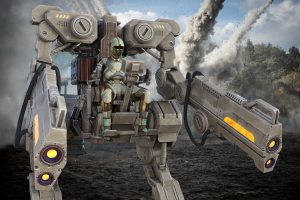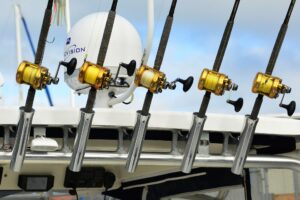The Role of Military Robots in Modern Conflict
Military robots have become increasingly prevalent in modern conflict, serving various purposes, including surveillance, explosive ordnance disposal, and ground combat. While they offer numerous advantages, their use raises ethical and legal concerns. This report will examine the current and future applications of military robots in warfare, the benefits and drawbacks of their service, and the […]






